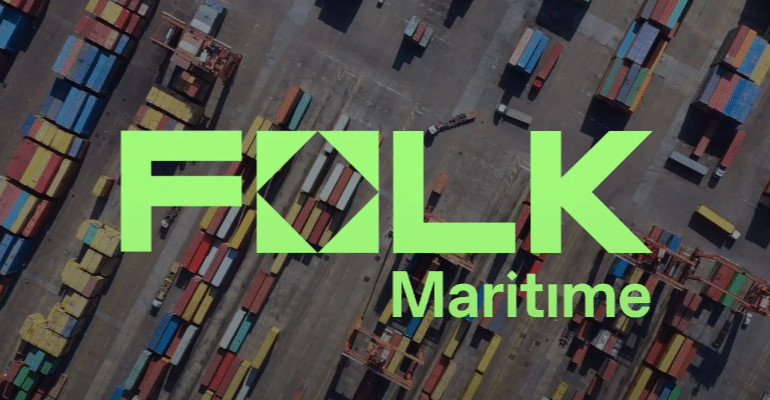Congestion at LA and Long Beach ports has completely disappeared
It is reported that the 25-month congestion of container ships at the ports of Los Angeles and Long Beach has cleared up. Not a single container ship was waiting near the ports of Los Angeles and Long Beach on Tuesday. This is the first time since October 2020 that the number of ships on waiting has dropped to zero. The two ports’ container ship congestion is over and it is time to enter the next step.

Both ports have been congested since October 2020 as consumer demand surged. The backlog increased to 42 ships by February 2021, before dropping to nine a few months later. But the backlog of ships grew steadily until the end of last year as the peak shipping season is coming, peaking at 109 in January. Since then, the congestion has steadily decreased, hitting single digits last month, as imports slowed and consumer spending shifted back toward services.
Congestion may clear up in Southern California, but not across North America
Ports such as Houston, Savannah, and New York-New Jersey are facing congestion as some cargo is diverted to East Coast and Gulf Coast ports among concerns over labor negotiations at West Coast ports. Marine Traffic position data and port waiting lists showed 59 container ships were waiting outside North American ports, mainly on the East Coast and Gulf Coast. That’s still well above pre-Covid-19 levels when numbers were just single digits. But congestion is clearly easing, with the backlog of ships down 60% from its peak earlier this year. As of this week, the largest congestion of ships on the East Coast was at the port of Savannah, Georgia, with 28 container ships waiting to port. There are 11 ships in the Port of Virginia, 1 in the Port of New York-New Jersey, and 1 in the Bahamas.

On the Gulf Coast, there are six container ships near the Port of Houston and one near the Port of Mobile. On the West Coast, the Port of Oakland, California, had the largest number of ships waiting. Two other ships were off the coast of Vancouver, British Columbia. Although Southern California announced that the congestion of ships outside the ports of Los Angeles and Long Beach was zero, the backlog has actually been closed for the past three months. Since August 24, an average of seven ships have lined up outside the port each day, with multiple instances of three or fewer. If import demand recovers or there are new problems in the supply chain, the number of waiting ships could increase again.
Market Waiting
In China, for example, Nansha Port in Guangzhou, Yantian Port, Shekou Port, and other South China ports have many empty containers piled up. There are multiple reasons for the large accumulation of empty containers in ports. Now the demand for export is getting less and less, and the production volume of some customers in Guangdong province has dropped by 30% to 40%. In the past, the port mainly provided export services for these enterprises, but now the business volume has dropped sharply. The inventory of retail giants is high, so there is no need to place orders.

A survey by company Maersk showed that consumer concerns about rising prices and enough inventories in the United States and Europe were also among the reasons why the number of retail lifestyles may decline from September to November. This will further put pressure on container shipping. The demand decline has led Maersk to take further steps to match cargo volumes with capacity on main shipping lanes in Asia and the transatlantic.
On November 9, Maersk announced that the capacity adjustment will change the service from East Asia to Europe. As global demand is expected to decrease, Maersk is seeking a corresponding network balance. With the expected decrease in freight demand, Maersk is taking measures to balance the future of capacity and expected volumes on main trades linking Asia-North America, Asia-Europe, and Asia-Mediterranean. Last week, Maersk warned in its third-quarter results that freight rates had peaked as supply chain congestion eased and demand fell. The company told investors it expects lower profits in ocean shipping. While the transport capacity is declining, the congestion situation of European and American ports is changing. The logistics chain that was congested in the past has cleared up, and overseas containers are also returning to China.
In conclusion, the situation of container ships is changed and is very different this year from before. The situation will change if the demand in the market change in the future. The demand declined this year and will fluctuate next year. The market is waiting for a new beginning.










